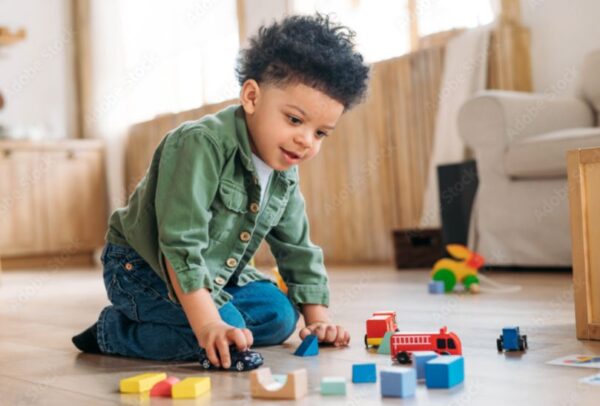Lifestyle
6 positive discipline tips for kids who say “no” too often

1. Stay calm (even when you want to scream)
This is easier said than done. But matching your kid’s energy with frustration only escalates things. Your calm response is like a reset button—it shows them how to manage emotions and teaches that “no” doesn’t have to be a battle cry. Take a breath, pause, and respond with intention instead of impulse.
2. Offer choices instead of commands
Imagine someone constantly tells you what to do all day. You’d probably start saying no too, right? Kids are the same. Instead of saying, “Put on your shoes now,” try, “Do you want to wear your blue sneakers or your red ones?” It gives them a sense of control, which reduces their urge to push back.
3. Set clear, consistent limits
Positive discipline doesn’t mean letting kids run the show. You can be firm without being harsh. If “no” is their go-to, it’s okay to calmly say, “I hear that you don’t want to, but this still needs to happen.” And then follow through. Kids feel more secure when they know the boundaries aren’t moving every five minutes.
4. Use humor to diffuse tension
Sometimes, the best response to a grumpy “no” is a funny face, a silly voice, or pretending the cereal box is a walkie-talkie. Humor can change the energy in the room faster than any lecture. You’re not distracting them from their feelings—you’re just lightening the mood so they’re more open to cooperation.
5. Catch them saying yes
When they do cooperate—even if it’s something small—acknowledge it. “Thanks for helping pick up your toys!” or “I noticed you said yes when I asked you to wash your hands. That was awesome.” Positive reinforcement isn’t about giving gold stars—it’s about showing your kid that you see their effort, and that saying “yes” leads to connection.
6. Look for the hidden message
Sometimes “no” isn’t really about defiance. It could mean “I’m tired,” “I don’t understand,” or “I need more time.” Slow down and ask gentle questions: “Are you feeling frustrated?” or “What’s making you say no right now?” This helps build emotional awareness—for both of you.Your child saying “no” isn’t the end of the world. In fact, it’s the beginning of their voice, their self-expression, and their understanding of limits. And yes, it’s annoying. But you’re not alone, and you’re doing better than you think.










